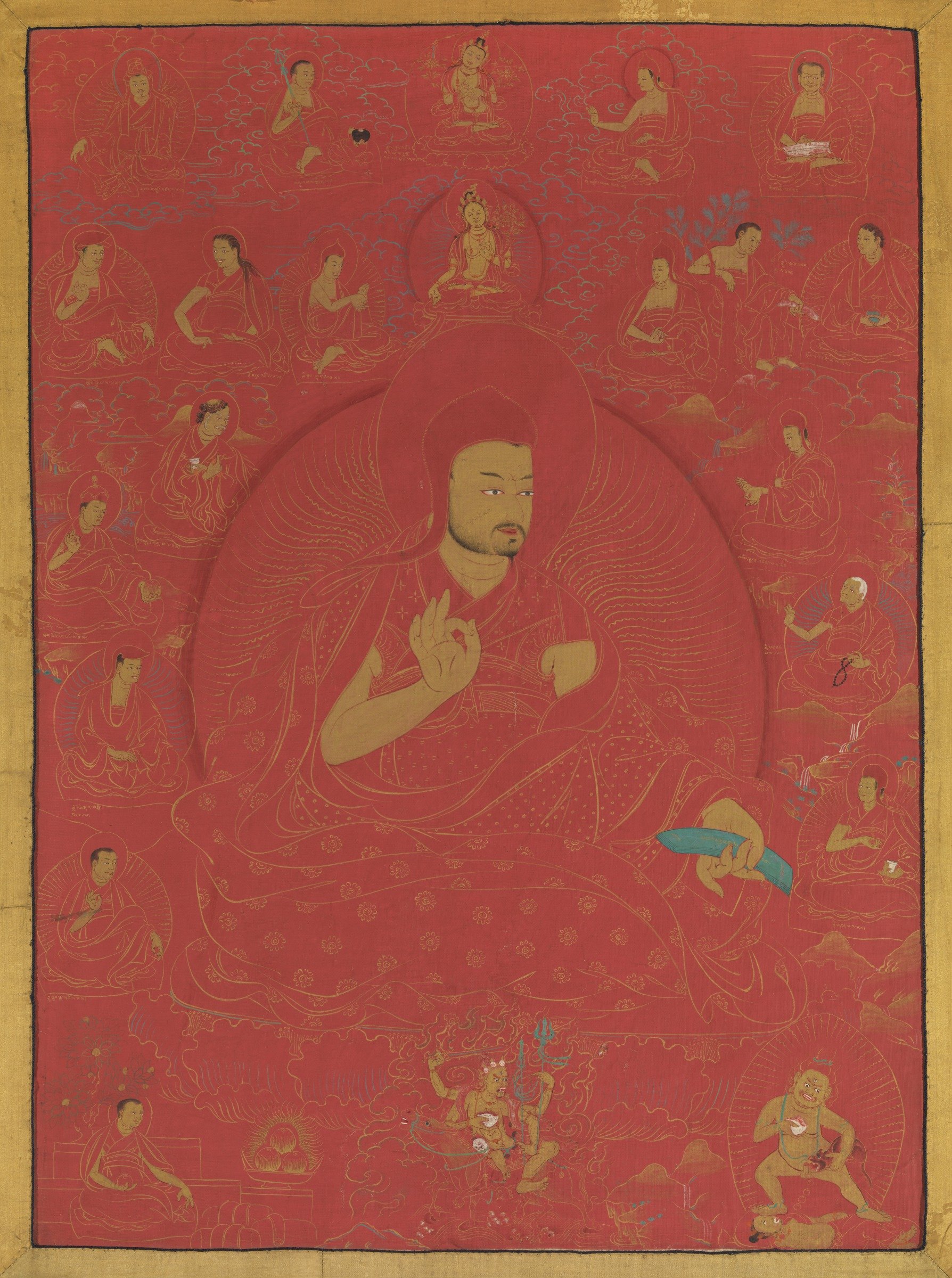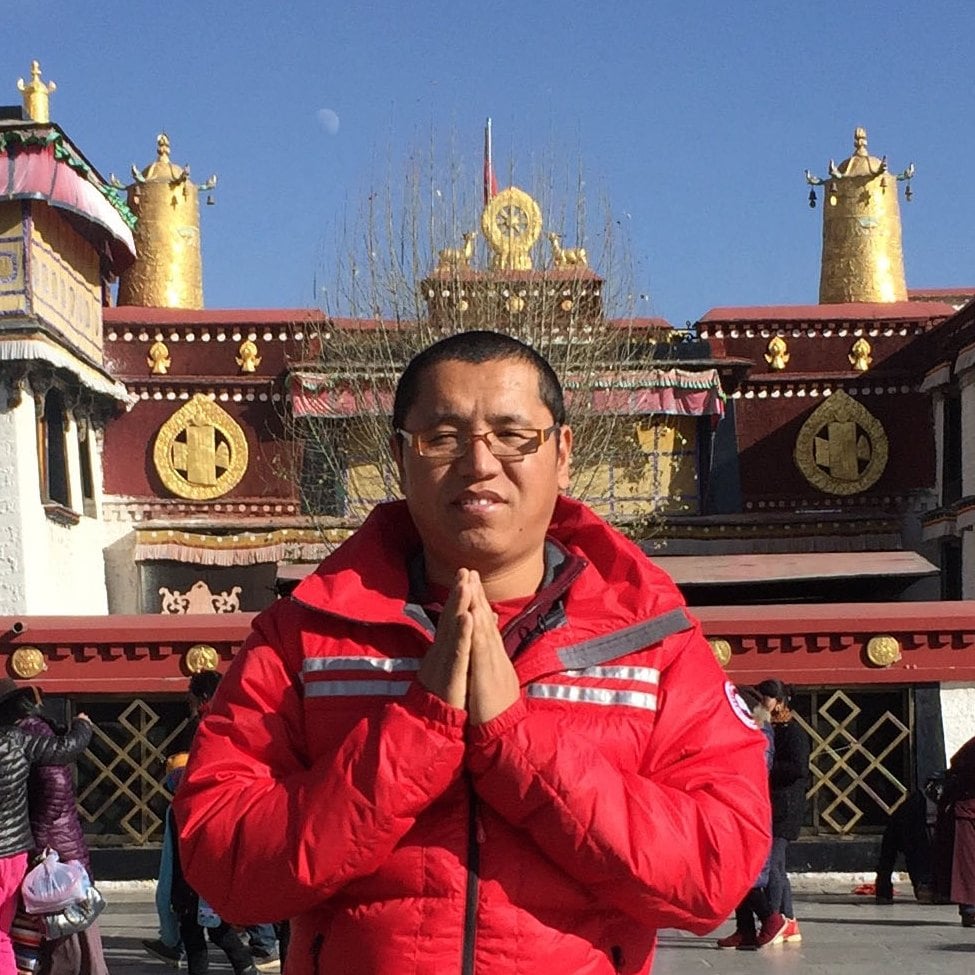A lucid and landmark translation that offers an intriguing glimpse into Tibetan history, the Mongol Empire, and the spiritual development and remarkable lives of the early luminaries of the Sakya lineage of Tibetan Buddhism.
In this first of two volumes of The Amazing Treasury of the Sakya Lineage, translators Khenpo Kunga Sherab and Matthew King capture a truly remarkable period in Buddhist and Asian history. Here, Ameshab Ngakwang Kunga Sönam (1597–1659), a member of the Khön aristocracy and the twenty-seventh throne holder of Sakya Monastery, offers a narrative that recounts the lives of numerous iconic leaders of the Sakya school of Tibetan Buddhism during the transformational period between the tenth and fourteenth centuries. This landmark volume reconstructs that long era of religious and political innovation and upheaval through the rise of the Mongol Empire.
In this book, you’ll see how Sakya Buddhist leaders emerged in this early period as translators, adopters, arbiters, and innovators of newly circulating Indian Buddhist scholastic and tantric cultures. In the thirteenth century, when the Mongol Empire forever transformed medieval Eurasia, leaders of the Sakya school became confidants and tutors to some of its most powerful leaders. The biographies of numerous Sakya luminaries are retold here, like Sakya Paṇḍita and Phakpa Lodrö Gyaltsen; along with their Mongol contemporaries, Köten Ejen and Qubilai Qaγan, these leaders laid the groundwork for forms of patronage, religious and political sovereignty, scholasticism and tantrism, and righteous rule that would endure for the next eight centuries down to today.
ABOUT THE AUTHOR

Ameshab Ngakwang Kunga Sönam (1597–1659) was the twenty-seventh throne holder of the Sakya lineage of Tibetan Buddhism. Ameshab widely promoted the transmission of the Sakya tradition and mediated peace amid rising military conflict in Central Tibet. A prodigious historian, Ameshab wrote impactful histories of the Sakya school; the Lamdré, or “Path and Result,” tradition; and the Hevajra Tantra, which were read for centuries in Tibet and across the Inner Asian Buddhist world.
Image courtesy of the Virginia Museum of Fine Arts, Berthe and John Ford Collection, gift of the E. Rhodes and Leona B. Carpenter Foundation.

Khenpo Kunga Sherab was born in Lhoka, Tibet, and is a monastic scholar and teacher. He is the author of several studies in Tibetan on Abhidharma and Middle Way philosophy. Khenpo has extensive experience teaching Buddhist meditation and philosophy in various settings, including traditional Tibetan monastic colleges, interfaith institutes, Dharma centers across North America and Asia, and university classrooms. He received his PhD from the University of Toronto. Since 2017, he has served as a Buddhist chaplain in four major prisons in southwestern Ontario, Canada.

Matthew W. King is Professor of Transnational Buddhism at the University of California, Riverside. A historian of Inner Asian Buddhism, his published work has focused on scholastic and tantric engagements with the Mongol Empire, biomedical modernity, the Qing Empire, humanism and Orientalism, and socialist state repression. His first book, Ocean of Milk, Ocean of Blood: A Mongolian Monk in the Ruins of the Qing Empire (Columbia University Press, 2019), won several awards, including the American Academy of Religion’s 2020 award for Best Book in Textual Study. His most recent book is In the Forest of the Blind: The Eurasian Journey of Faxian’s Record of Buddhist Kingdoms (Columbia University Press, 2022).
- Hardcover
- 400 pages, 6 x 9 inches
- ISBN 9781614299196